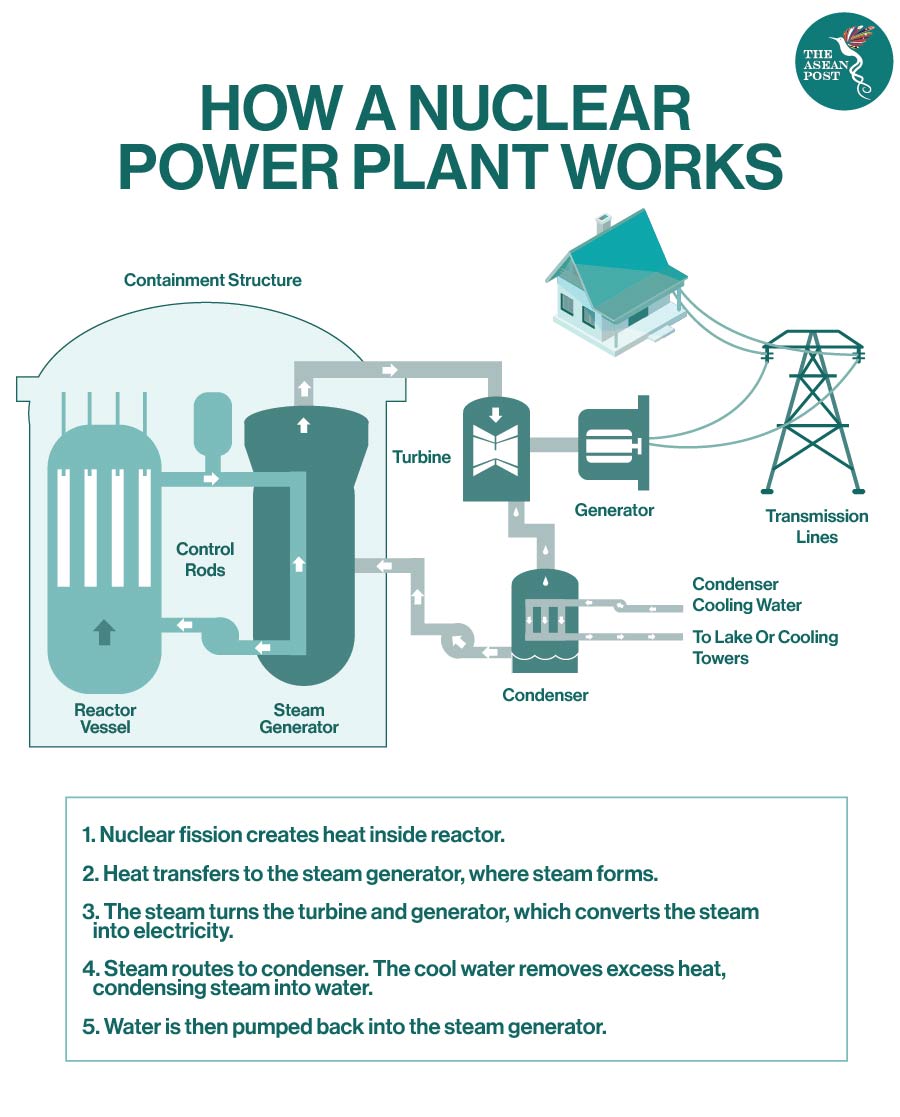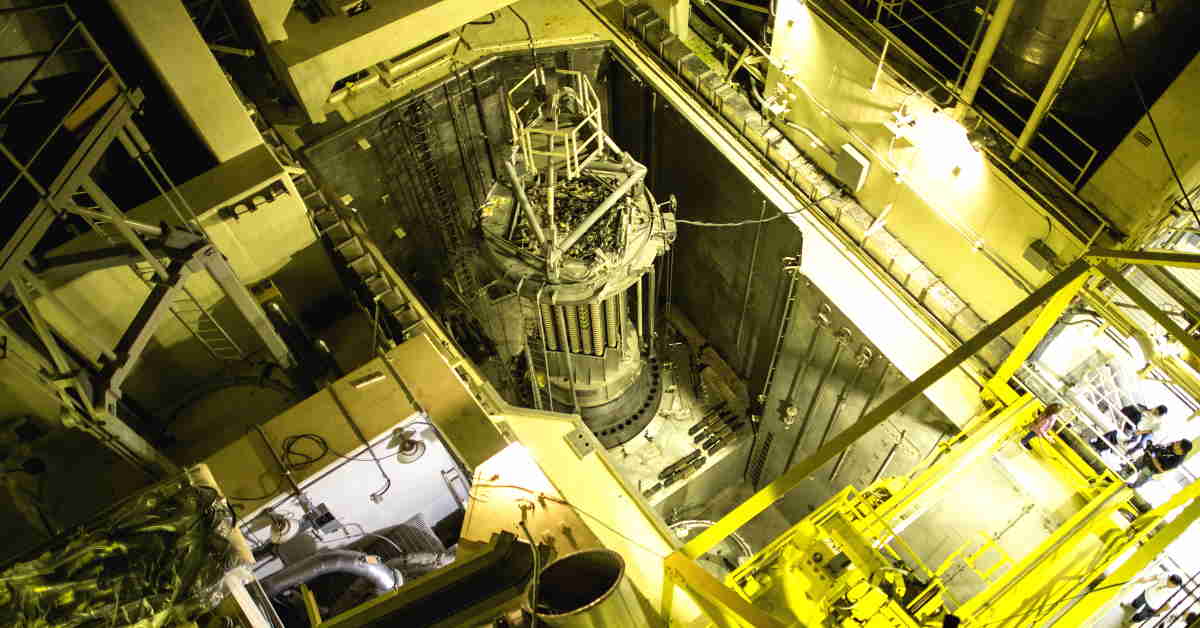The unprecedented COVID-19 pandemic shocked the world in the first quarter of 2020 with no clear end in sight. Severe impact on the economy globally as well as in ASEAN was inevitable.
Gross domestic product (GDP) growth in the ASEAN region is projected to decline by 2.7 percent in 2020, according to the Asian Development Bank (ADB). This economic slowdown has surely impacted all segments, including the energy sector.
There has been a significant drop in energy demand during the COVID-19 pandemic. Other than that, existing renewable energy projects experienced major delays and shut downs as COVID-19 impacted major industries, energy markets, and worker safety.
Some of the halted renewable energy projects reported by the ASEAN Centre for Energy (ACE) in its COVID-19 vs ASEAN Energy Sector: Renewables report include the delay of the Philippines’ 135 megawatt (MW) solar project, the shutting-down of palm oil plants in Malaysia, and suspended hydropower construction by the government of Lao PDR.
The COVID-19 pandemic is indeed a crisis because it has placed the condition of the climate in uncertainty, slowing down energy transition, and disrupting the region’s pursuit of energy security. But at the same time, it has provided an opportunity for ASEAN member states (AMS) to pave a different pathway to a greener and more sustainable energy future.
Clean energy source holds an important role in the post pandemic recovery.
But the question lies in whether only renewables should be utilised or can another ‘clean’ energy like nuclear play a part in transitioning ASEAN’s energy in a better way. Especially given the fact that several countries are interested in pursuing the nuclear option, for example, the Philippines’ is considering the revival of its dormant Bataan nuclear power plant.
Variable Renewable Energy (vRE)
Over the last two decades, variable renewable energy (vRE) has experienced spectacular growth.
In 2019 alone, the International Energy Agency (IEA) reported more than 100 gigawatts (GW) of completed solar photovoltaics (PV) and about 60 GW of completed wind power projects across the globe. This was also highlighted by the remarkable journey of Vietnam with its 4.5 GW solar PV installation in 2019; surpassing Malaysia and Thailand in just one year. Also, both onshore and offshore wind projects are also gaining attention in Southeast Asia.
Before the pandemic hit, in general vRE showed promising growth globally, including in AMS. However, there are technical challenges involved.
Intermittency, grid stability, and technical and policy frameworks are the remaining obstacles that AMS need to resolve if the region wants to have massive RE injection. Despite supply chain disruptions during the COVID-19 pandemic, the IEA recorded how vRE expansion increased renewable electricity generation by five percent in 2020.
In an effort to accelerate decarbonisation and energy transition, vRE development will continue to increase, especially in the Southeast Asian region.
Nuclear Energy
On the contrary, nuclear power has been underappreciated and faced a lack of investment even before the COVID-19 pandemic.
Despite being cheaper, more reliable, and having small carbon footprints, countries often hesitate to develop nuclear energy due to its large initial investment and low public acceptance, according to the ACE in its Civilian Nuclear Energy Factsheet.

The 2011 Fukushima nuclear power accident in Japan raised even more concerns over the safety of nuclear power. As an impact, Germany, Belgium, Spain, and the United Kingdom (UK) aim to phase out nuclear power completely by the mid-2020s to 2030s.
According to the IEA, only one new nuclear facility has been constructed over the past year, as opposed to 13 that have been permanently closed. In Southeast Asia, the development of nuclear energy has been slow but steady, especially in Indonesia, Malaysia, Vietnam, Thailand, and the Philippines.
As a result of the COVID-19 pandemic, nuclear power experienced a detrimental setback. Lower energy demand during the pandemic led to a reduction in nuclear power output, forcing the closure of nuclear reactors in Europe.
Nevertheless, a lot of countries are still putting effort into pursuing nuclear project development, such as the United Arab Emirates (UAE), Pakistan, Turkey, Belarus, and some European countries.
The World Nuclear Association reported that about 100 reactors are under construction, increasing nuclear power capacity worldwide steadily. Most planned reactors are in the Asian region, particularly in China, with some major plans for new units in Russia. In Southeast Asia, the Philippines shares great news as it is considering reviving a mothballed 621-megawatt electric (MWe) nuclear power plant.
They have also issued a policy under Executive Order No. 116 as a major step towards the realisation of the Philippines’ nuclear energy program. This indicates that nuclear is a promising option.
Nuclear Energy In ASEAN’s Green Recovery Path?
Global opinion on nuclear energy has always been misplaced due to focused attention on its production and use of radioactive fuels. Where in reality, nuclear power has the highest capacity factor, thus creating a low-carbon source of baseload energy.
There are several reasons why nuclear should be included in the green recovery path.
First, switching coal to nuclear for baseload is far more efficient as it decarbonises as much as wind power does. Nuclear power plants only release greenhouse gas (GHG) emissions during ancillary use of fossil fuels, such as during construction, mining, fuel processing, maintenance, and decommissioning.
Second, nuclear power plants operate at a much higher capacity factor (CF) compared to other renewables, let alone fossil fuels.
The United States (US) Energy Information Administration (EIA) recorded the CF of nuclear power at 93.5 percent in 2019, much higher than all other energy sources. This means nuclear power is a definite winner in terms of baseload reliability, which is a great replacement for coal in continuous operation to meet minimum electricity demands.
Third, countries such as Indonesia, Malaysia, Vietnam, Thailand, and the Philippines already have good knowledge and capacity of nuclear power due to years of research. Besides, the 6th ASEAN Energy Outlook projected a huge increase in ASEAN’s residential electricity demand, reaching 497.1-terawatt hour (TWh) by 2040.
Instead of building coal power plants where obtaining financing is becoming increasingly difficult, nuclear can be a viable option to providing clean electricity on a large scale.
Nuclear uses less land to generate electricity compared to other clean energy sources, as stated by ACE in the Civilian Nuclear Energy Factsheet. It is a reliable source of energy as well as cost-effective in the right manner.
Furthermore, the development of nuclear energy can boost ASEAN’s job opportunities and support regional energy security.
It is commendable that many countries are trying to prioritise vRE in their respective recovery paths. However, because we need massive amounts of electricity to meet the demands of post-COVID-19 global economic recovery in a short period, nuclear should be on the table in tandem with vRE, replacing fossil fuels as the source of baseload energy.
To pursue the nuclear option, governments need to prepare frameworks to enable suitable environments, as well as enhancing nuclear technology capacity.
Also, AMS need to learn from other countries’ experiences, benchmarking with other successful nuclear pioneers, especially in changing public perception towards nuclear.
Lately, there is a strong interest in small and medium-sized modular reactors, driven by the desire to reduce capital cost and to provide power in remote areas. Small modular reactors (SMR) can accommodate flexible power generation for a wider range of applications with a capacity of 300 MWe per unit.
Also, they display an enhanced safety performance and offer the possibility for synergetic hybrid energy systems, including the combination of nuclear and vRE.
Nuclear power, together with vRE, can help AMS ensure grid reliability without compromising affordability. Thus, energy transition in the region could run smoothly, and help it to build back better in the post-pandemic era.
Related Articles:

